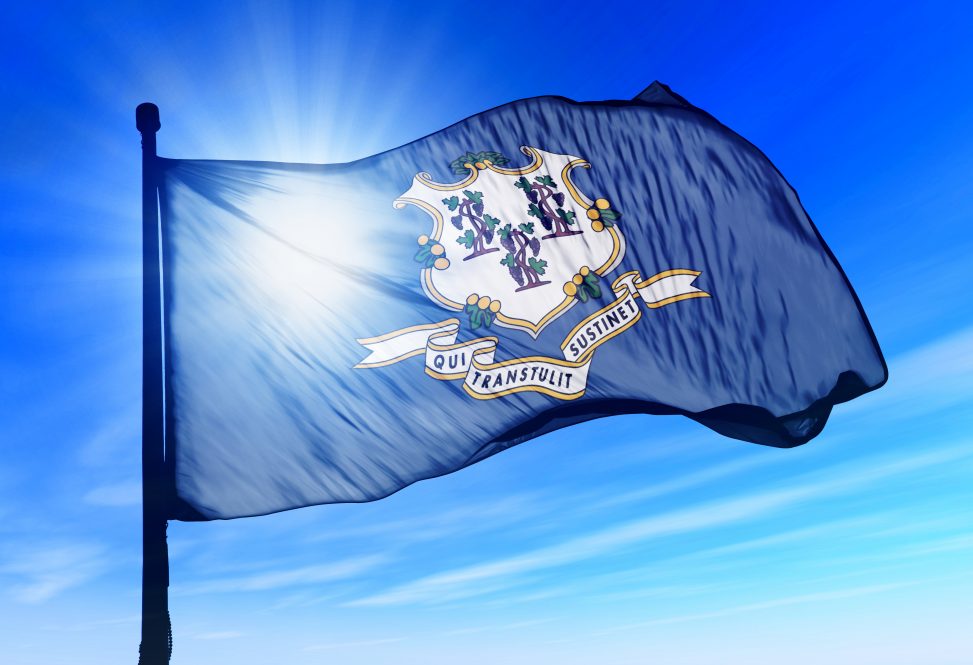A new interactive tool from the UConn School of Public Policy aims to promote enhanced collaboration among the state’s nonprofit organizations, while helping lawmakers, donors, and volunteers better target resources whether monetary or manpowered.
The Connecticut Nonprofit Asset Mapping Tool comes from public policy professor Mohamad Alkadry at the request of the state legislature’s Education Committee, which asked him about a year ago to develop an online mapping tool of Connecticut’s over 8,300 nonprofits.
“Nonprofits are important players in providing public services in communities,” Alkadry says. “It’s important for them, along with policymakers and philanthropists, to know who’s doing what work in what space. Nonprofits tend to know their immediate geographic area, but a nonprofit in Hartford might not know about a similar nonprofit in New London.”
Knowing that type of information is valuable, he says, because a small diaper bank in Manchester might seek to partner with a charitable group in Bethlehem and a food bank in Torrington to request donated goods from a large company like Procter & Gamble, for instance.
“One of the things we’re emphasizing is the importance of collaboration, the importance of making sure that if nonprofits are making requests for support, they are doing so to fill gaps and not replicate services that already exist,” he adds.
While 8,300 nonprofits might seem like a lot for a small state like Connecticut, Alkadry says the database includes everything from small animal rescues and volunteer ambulance services to the largest hospitals, schools, and museums, and allows users to search by things like topic, revenue, and location.
The map uses locator pins to highlight each organization that when clicked on provides information like mission, employer identification number, revenue, and assets. Most often there also are links to the organization’s IRS Form 990.
A search for Connecticut nonprofits with revenue over $10 million shows there are 431 in the state. Sixty-eight religious and spiritual organizations have revenue over $250,000; 224 organizations focused on recreation, leisure, and tourism have revenue less than $50,000; and 1,745 organizations in western Connecticut work with people who lack health insurance.
Alkadry says that while nonprofit organizations were around earlier than the 1980s, that was the decade when local and state governments started to outsource some of the public service tasks that needed to be taken on. That’s also when the number of nonprofits started to grow.
Municipalities kept things like police, education, and fire services and sought outside help with tackling homelessness, poverty, and food insecurity, sometimes saving taxpayers significantly in the process.
“Nonprofits have saved the State of Connecticut billions, not millions, of dollars. They took on some of the toughest public services,” he says. “They are taking the bigger and more complex problems in society today.”
Take Connecticut Foodshare as one example, Alkadry says. In the early days of the pandemic when people were losing their jobs as businesses closed even just temporarily, the organization helped feed thousands of residents who waited in long, snaking lines at Rentschler Field in East Hartford and elsewhere to pick up bread, eggs, and produce.
“They filled that gap,” he says. “Nonprofits often complete the public service picture for communities. They’re going to be with us for a very long time as an important building block in the public service community. They’re as critical as government these days.”
For the general public, the nonprofit mapping tool might help a recent retiree learn about what organizations in their community might benefit from volunteer hours. Or a veteran might want to find a local organization dedicated to helping other local veterans.
There might be a small group one or two towns over that helps cancer patients get to appointments and could use support. A family that’s moving could seek to donate unwanted but still usable furniture to a furniture bank.
“These are great uses for this tool to be utilized beyond what we built it for,” Alkadry says.
Nonetheless, he stresses, there are better places for someone in need of services to turn.
“You should still call 211 and not try to figure it out on your own using this tool. They have their own databases that are a lot more specialized. But if your goal is to figure out who to give money to or figure out who else is operating in your space so you can build a coalition, this is something that’s going to help,” he says.
The Connecticut Nonprofit Mapping Tool will be rolled out during a reception and panel discussion beginning at 6 p.m. on Oct. 15 at UConn Stamford. Registration is required. Panelists are Gian-Carl Casa, president and CEO of The Alliance; Mendi Blue-Paca, president and CEO of Fairfield County’s Community Foundation; Jeffrey Currey, chief of staff of the House majority leader; and state Rep. Jennifer Leeper who serves Fairfield and Southport. A similar event is being planned for Hartford.



